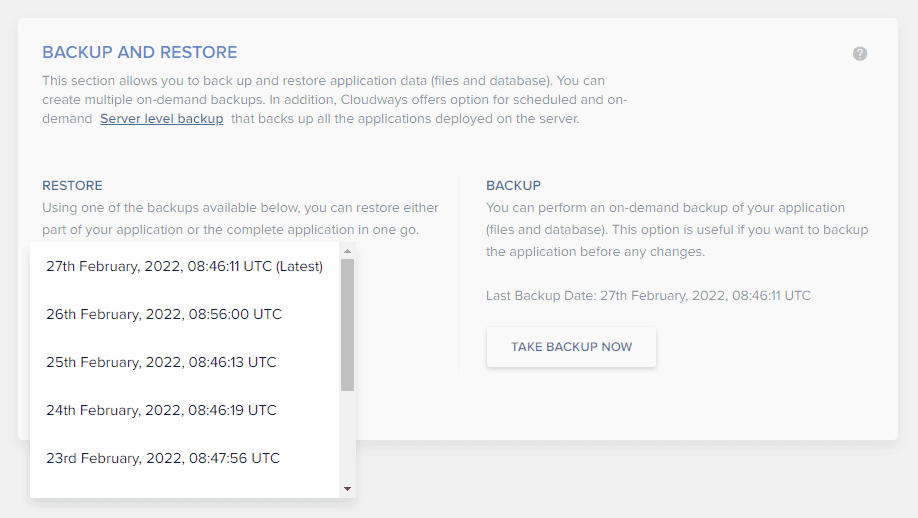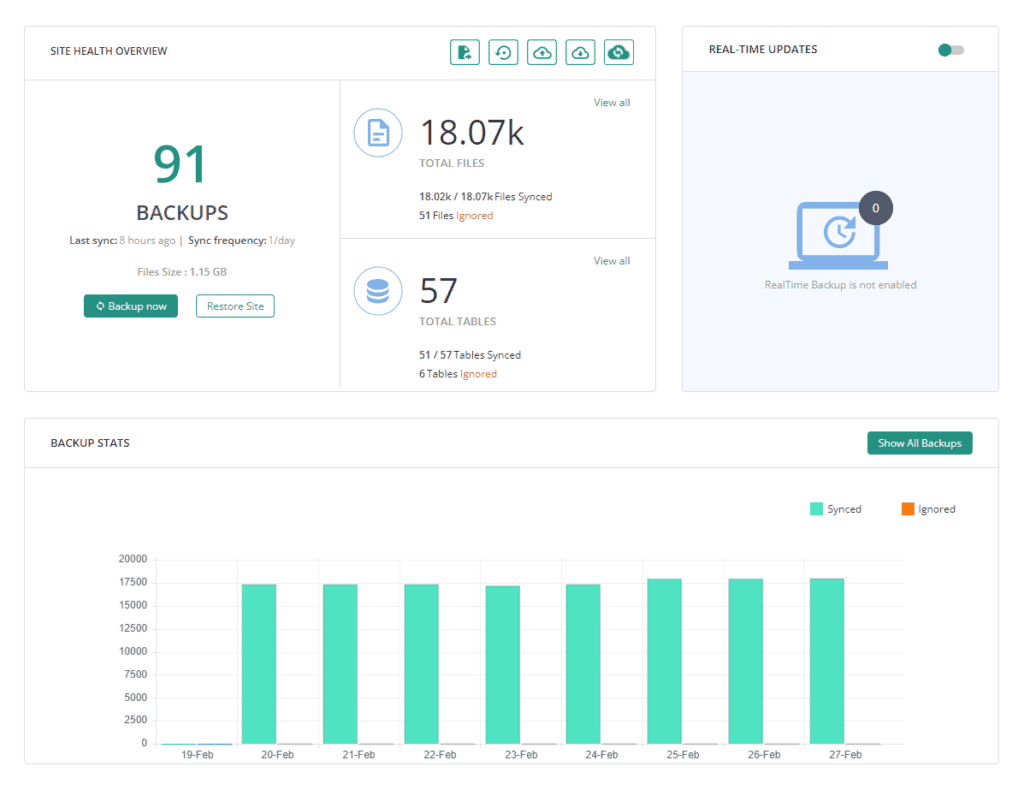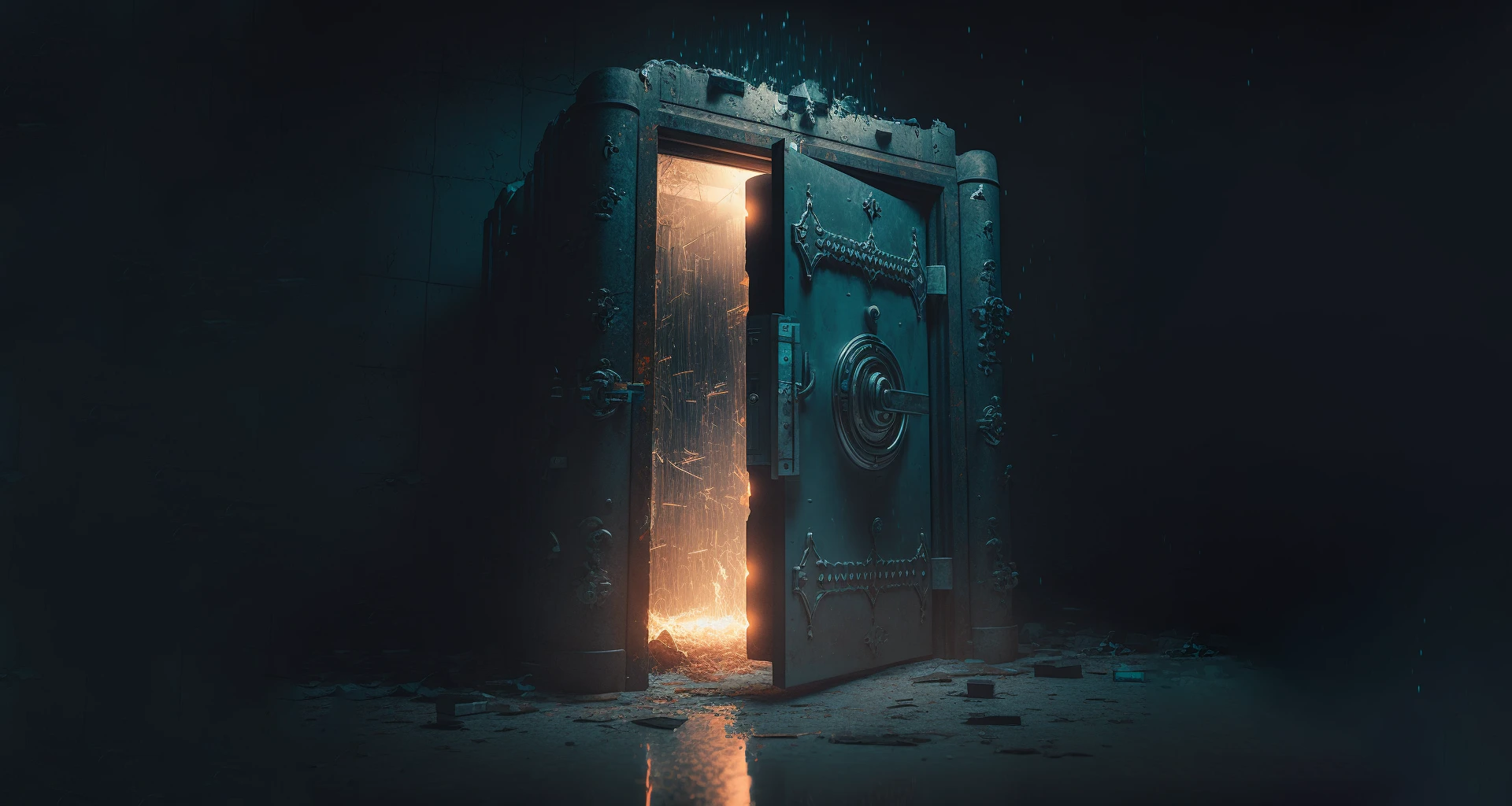One big advantage to being under my Website Management or on a Website Plan is the incredible number of backups I keep of your website (in most cases I have 100 backups on file at any given time). While most of my customers probably never think much about it, if you’ve ever had a tire blow out miles away from home, then you know the relief that comes with finding your spare in good working order.
Website backups are similar to your spare tire, except your website faces many more dangers than your tire does.
In this article I’m going to explain the why I keep so many backups, the different reasons we may need to deploy them, and the different kinds of backups (both automated and manual) that I have on file for every website under my management.
Why Website Backups are Critical
There are a number of different ways your website could be damaged beyond repair. When this happens, a good backup can immediately solve the problem by giving you a restore point before the damage occurred.
Restoring backups can be done in as little as 5 minutes, keeping your website from experiencing any significant amount of downtime.
Human Error
Technology is fickle, and though most software has an undo function, that’s not always enough. We all make mistakes, and even seemingly innocent files could cause your entire website to go down if they are moved or deleted. While a website professional is less likely to make these kinds of errors, it’s not out of the question.
This threat is multiplied with every additional person who has access to your website.
Software Updates
Besides the errors people could cause to your website, there are external forces in the form of software updates that can cause website failures as well.
This is especially true with WordPress — which powers around 40% of the websites online and relies heavily on 3rd-party software that constantly being updated.
While software developers do their best to ensure their updates won’t cause issues, there are just too many variables (and combinations of software) for any update to not have unintended consequences.
Security
You might not realize this, but most website are virtually under a constant attack by malicious scripts that crawl the internet 24/7 looking for vulnerabilities and backdoors to infect your website.
Every website is under nearly constant attack.
Thankfully there are lots of security measures that can be taken to mitigate the majority of these risks — but it’s not foolproof!
If your website is ever infected with malware, then having a backup is a great solution, giving you the opportunity to restore your website from a point before it was infected and take measures to ensure it doesn’t happen again.
The Unknown
Everyone talks about our data being on “the cloud”, but in reality, the cloud is just someone else’s computer. Most websites are hosted on third-party hardware that you’ll never see — and things can go wrong.
A few years back, an entire hosting facility burned to the ground and destroyed all of their servers — including the servers that stored all the website backups. Unfortunately, anyone using this hosting company lost everything.
The chance of your host having a similar fire is unlikely, but you never know what possibilities are out there.
Keeping Redundant Backups
Now that you understand all the reasons why it’s important to have backups, let’s talk a little bit about putting a system in place to make sure you have all the backups you need.
When it comes to backups, redundancy is critical — so I keep 3 different types of backups to make sure that if the time comes, I’ve tripled my chances of being able to successfully restore a backup.
Automated Daily Off-Site Backups
Depending on the size of your website taking a backup can take anywhere from a few minutes to a few hours — so it’s important that this be done automated in the background so you’re not having to manually do this each day.
I keep over 100 different copies of backups for every site I manage.
Here at OGAL, I keep 2 separate sets of daily automated off-site backups.
First, is with my webhost which makes a backup once per day and stores 4 weeks’ worth of backups.

Most hosts offer some sort of backups, and some people feel like that’s enough. But I bet the people who woke up to the news that their hosting company’s facility burned to the ground feel differently.
So I also keep a second set of automated backups through an entirely different vendor.
The second vendor also takes daily backups, but they keep 90-days’ worth of them.

Between these two solutions I have 118 backups of any given site spanning the last 3 months.
While that may seem like overkill, on more than one occasion I’ve had to go back to the 90 day mark to find content that had been lost or deleted — and I was very thankful to have those backups available to me.
All of these backups are happening in the background and don’t take up any time, so besides the cost of the backup service and the storage (which are both pretty inexpensive), there are no man-hours that have to be put into automated backups. In the rare occasion that an automated backup isn’t completed successfully, I get notified and can resolve the issue.
Manual Milestone Local Backups
Truthfully backups setting in third party storage are likely safer than anything I could keep local on my hard drive (especially considering these services probably have redundant copies), it’s still nice to have physical possession of a few backups just in case.
For my customers, I take a manual backup and save it to my hard drive anytime we make significant changes to the website.
I’ll always have a manual backup from the day we launched the website (in case we ever need to “reset” things back to how we started). Then, anytime we make major changes to the website (like adding new pages, installing new plugins or themes, or clean the database), I’ll take another local copy.
This ensures I have a physical copy of my clients’ websites at every major milestone.
Wrapping Up
Although we hope to never use them, having backups in place is an important part of owning a website and if the time comes that you ever need a backup, you’ll be glad to have one (or 100+ to choose from).
Whether it’s from human error, software updates, or malicious acts — every website is vulnerable to disruption.
Whether it’s from human error, software updates, or malicious acts — every website is vulnerable to disruption. Having a system in place that combines both off-site and on-site backups that are redundant with plenty of runway is the one of the safest ways to protect your investment.
However, backups are just part of the picture when it comes to managing a healthy and safe website. Both our Website Management services, and Website Plans come with dozens of other precautions to ensure your website is online and safe around the clock.
If you’re having second thoughts about your systems for managing your website, then I’d love to talk with you and see if I may be able to help.




